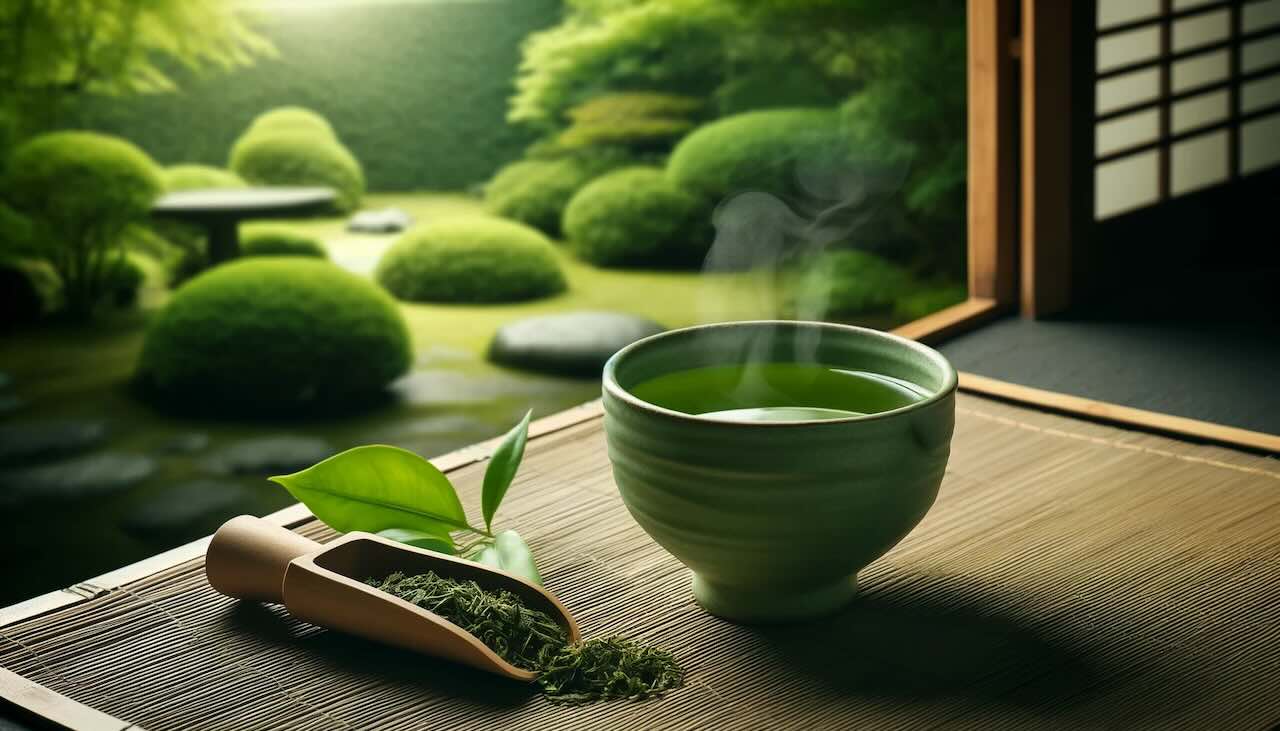Defining Bancha and Sencha
Bancha and Sencha are two popular types of Japanese green tea, each with its own unique manufacturing process and flavor profile. Let’s take a closer look at what sets these teas apart.
Bancha is made from tea leaves that are pan-fried and dried without the steaming process. In contrast, Sencha tea leaves undergo a steaming process before being rolled and dried. These differences in production methods contribute to the distinct characteristics of each tea.
Flavor Profiles: Bancha vs Sencha
Bancha has a robust, rustic flavor profile due to the pan-frying process. It tends to have a stronger astringency and bitterness compared to Sencha, with a darker colored infusion. Bancha is known for its clean and crisp taste, with minimal impurities.
On the other hand, Sencha offers a more mellow and sweet flavor, thanks to the steaming process which brings out the umami and natural sweetness of the tea leaves. Sencha has a milder astringency and bitterness compared to Bancha, and it typically has a vibrant green color when brewed. Additionally, Sencha is prized for its rich and refreshing aroma.
The Origin of Bancha’s Name
The word “ban” in Bancha is believed to originate from the term “bannin,” which referred to the gatekeepers of feudal lords’ estates during the Edo period in Japan. These gatekeepers would collect leftover tea leaves from the estate, pan-fry them, and drink the resulting tea.
Over time, the tea consumed by the gatekeepers became known as “Bancha,” and it gained popularity as an affordable and accessible tea among the general population.
The Origin of Sencha’s Name
The word “sen” in Sencha means “to roast” or “to pan-fry.” This name was given to the tea because of the unique process of rolling the tea leaves in a hot pan after steaming, which is referred to as “roasting.”
Sencha’s production method was introduced to Japan from China and further developed by tea master Nagatani Soen during the mid-Edo period. Since then, Sencha has become one of the most representative and beloved types of Japanese green tea.
Conclusion
Bancha and Sencha, while both Japanese green teas, offer distinct flavor experiences due to their different manufacturing processes. Bancha’s rustic and bold taste comes from its pan-frying method, while Sencha’s mellow sweetness is a result of its steaming process. The names of these teas are rooted in Japan’s Edo period, with Bancha’s name originating from the gatekeepers’ tea and Sencha’s name referring to its unique roasting process. Exploring the unique characteristics of Bancha and Sencha is a delightful way to appreciate the diversity of Japanese green tea.




